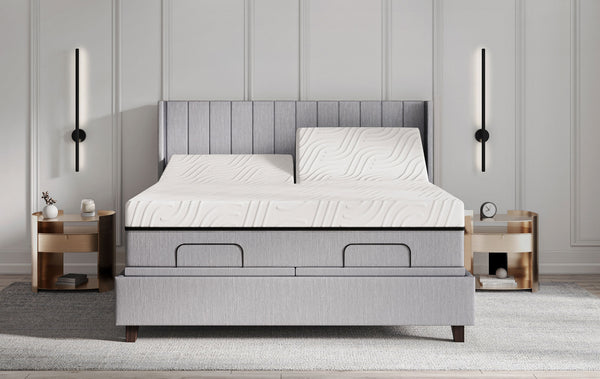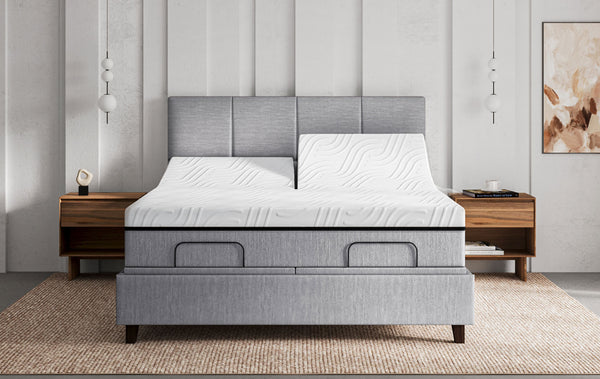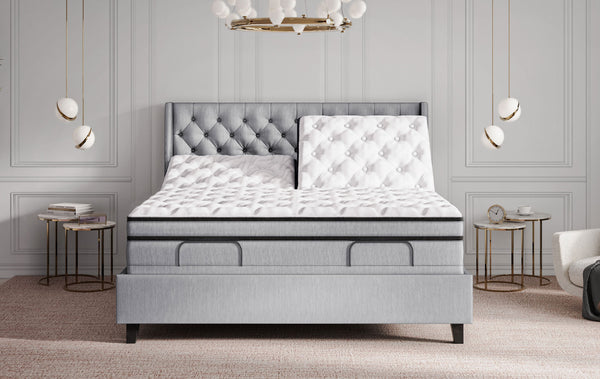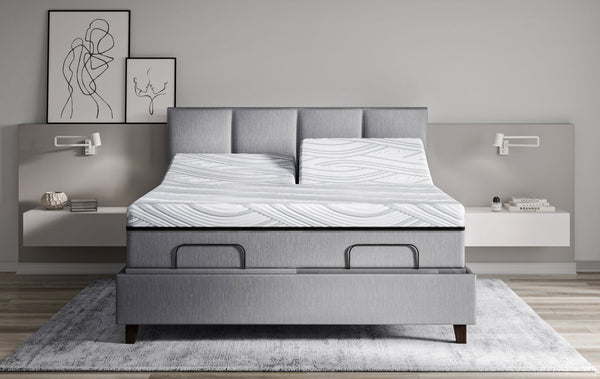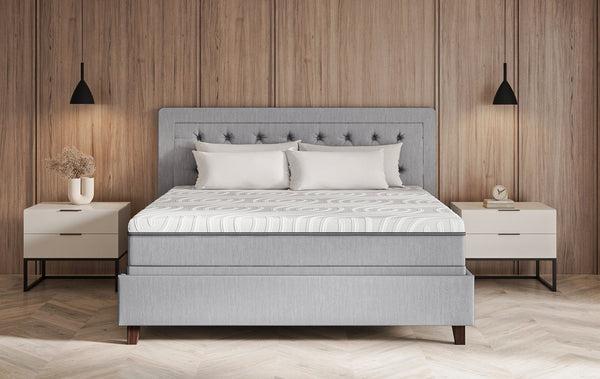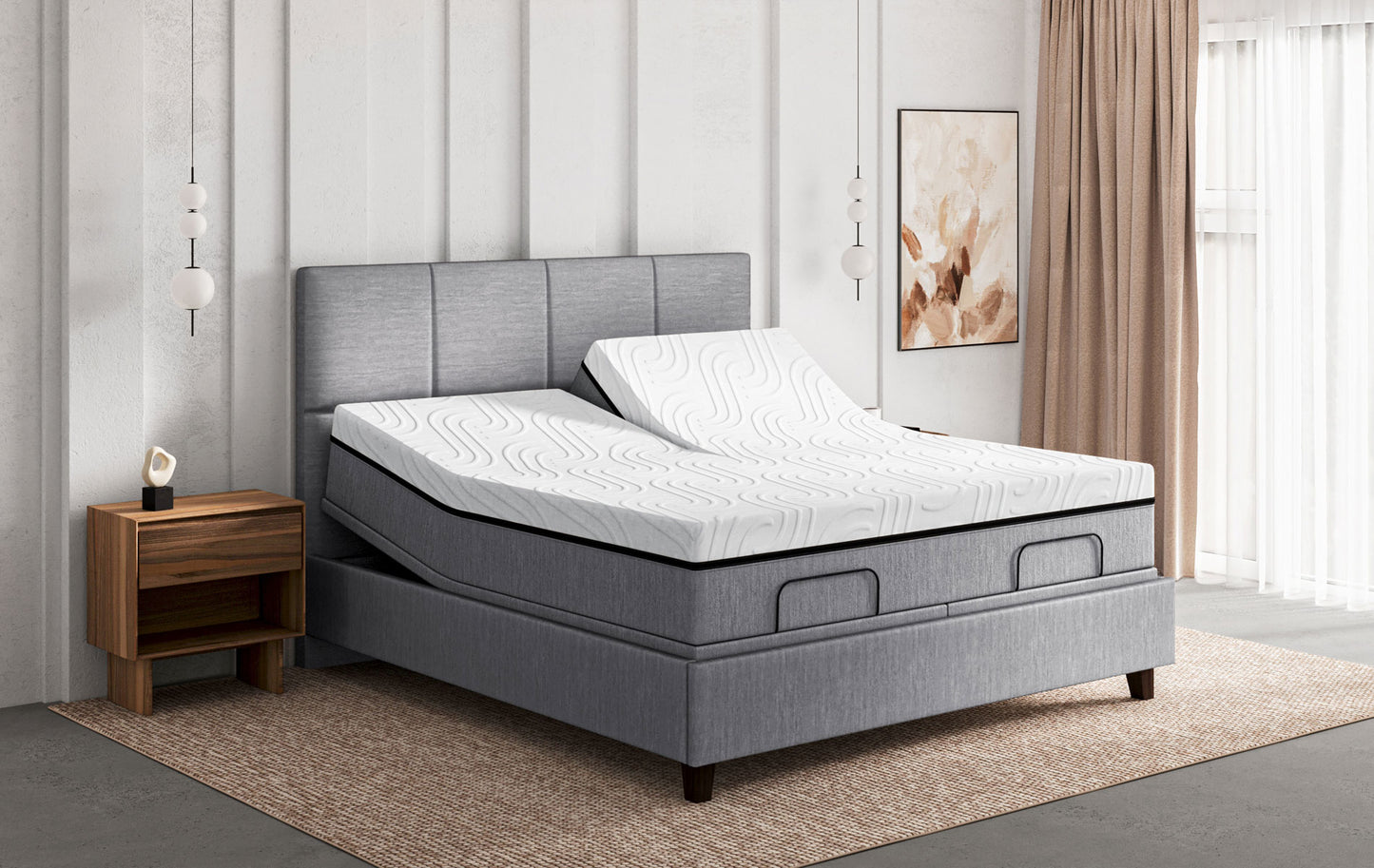7-Week Sleep Study
Do smart beds offer the best night's sleep?
The best way to answer this question is through science. Our air adjustable smart beds were put to the test to see if in fact they truly do help alleviate chronic low back pain.
Here Are The Scientific Results:
90.0% of sleepers had improvement of sleep and pain
88.9% of sleepers had a reduction in back pain
85.2% of sleepers had a better night's sleep
After the sleep study was complete we asked how willing the participants would be in purchasing one of these beds after the trial and we found that 81.5% of the participants want to buy an air adjustable smart bed.

Overall sleep quality
An air adjustable firmness sleep system, aka smart bed, can improve overall sleep quality, improve pain levels and provide positive long term effects.

Overall pain reduction
Individuals with chronic low back pain should strongly consider a smart bed as an important aspect of the management of their pain.

Overall sleep time
Individuals who slept on a smart bed saw an increase in their overall sleep time when compared to their baseline measurements.
Additional statistics
Scientific conclusions
Use of an adjustable firmness smart bed sleep system results in a reduction in morning pain experienced by the victims of chronic low back pain. More than just a numeric result detectable through statistics, 31% of study subjects reported an amount of pain relief that could be expected from the use of analgesics. Victims of chronic low back pain should consider an air adjustable firmness sleep system, as it offers a substantial possibility of significant pain relief.
Morning discomfort in the group with sleep adversely affected by chronic low back pain was also substantially reduced. Even pain prior to lights out, and by implication possibly during the day as well was notably reduced.
Physiological sleep measures, both by actigraphy as well as polysomnography, showed disturbances on the subject’s original mattress. Parameters showed trends in improvement, most notably sleep efficiency and especially arousals. The lack of statistically significant change may be a reflection of a variety of issues: unidentified elements unique to this study populations, pain levels, a greater length of time on the therapeutic mattress being needed before improvement could be measured, or that the measures themselves are not sensitive enough to measure the aspects of sleep responsible for the robust subjective changes. Pain shows substantial fluctuation across the night in most individuals. Low level pain may be significant enough to affect sleep depth and produce fatigue without necessarily producing striking alterations in the major features of sleep architecture.
The general outcomes measures, FOSQ and SF-36, both showed significant disturbances, and were improved by the bed system. Again, the lack statically significant changes may be a reflection of the same issues described above.
The global measures are compatible with measured experimental improvements, supporting the beneficial effects of the adjustable firmness smart bed sleep system.
Overall, the data collected certainly supports the conclusion that individuals with chronic low back pain should strongly consider an air adjustable firmness smart sleep system as an important aspect of the management of their pain.
